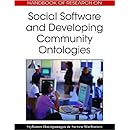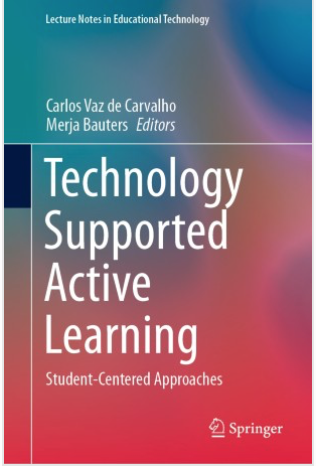In our recently accepted paper The patterns of school improvement in digitally innovative schools (Pata et al., accepted 2021) to be published in Technology, Knowledge and Learning we discovered several catalyst variables that are important in the schools’ transition from one digital maturity level to the other:
‘Teachers’ role’ – teachers’ role is changing in digitally transformed schools and they start providing help to other teachers. Often this is a gradual growth of digitally innovative teachers towards taking informally or formally the role of educational technologist in the school. This finding relates to educator capacity development as a result of digital technology introduction in schools described by Haynes and Shelton (2018).
‘Digital competence’ – the digital competencesare not taught separately but become an intervowen and invisible part of learning competences which will be developed as part of active learning practices by every subject teacher. It coincides with the digital technology and learning related results by Wong and Li (2011).
‘Structural change’ – the changes in learners’ and teachers’ roles towards more active learning and facilitation models bring along the structural changes in the curriculum, time management, classroom settings, extention of the learning spaces, usage and authorship of the learning resources. Sheninger (2014) has suggested the re-envisioning the learning environment as an important digital transformation component.
‘Participatory management’ – it is the change management instrument that creates shared visions and keeps these dynamically in the active mode at the classroom practices, school development and external partnership level.
‘Leadership’ – it is the change management instrument, that can trigger through effective motivation management means the development of the learning organization where teachers, school management and IT management could share practices and learn from each other. Sheninger (2014) and Zhong (2017) have found the visionary and all-inculsive leadership important in schools’ digital transformation. Tam et al. (2018) and Spillane (2006) highlighted the role of distributed leadership supported by organizational sociocultural and institutional norms as the suitable form of organizational capital that promotes school improvement. Tam et al. (2018) relates distributed leadership to the increase of organizational capacity of ICT integration. We could observe in our digitally most mature schools’ Cluster that leadership, and possibly the teachers’ and learners’ demand for using digital devices more intensively in the subject lessons has promoted the IT-management for improving networks and services development.
‘Learning organization’– it is the active mutual learning attitude promoted by management with incentives that transforms the teachers to ‘explorative teachers’ who make pedagogical innovations by developing themselves, uptaking from other teachers, accommodating and and testing out new practices, collecting systemically feedback and reflecting to themselves, to learners and to colleagues about the valueable findings that should be widely applied in the school. Similarly, Leclerc et al. (2012) have found that teachers are creating shared values upon students’ learning. The sharing of new digital practices among teachers is driven by the proactive educational technologist who maintains organised regular learning circles in the school, and partnering and network events among the schools. In the study of Tam et al. (2018) the lead innovative teachers played similar role in Hongkong schools that were effectively digitally transformed.
‘IT- management’ – it is important that IT-management – creating strategies, deciding about digital tools, services and devices – is inclusive to teachers, students and management, and tightly associated with schools’ strategic plans, agendas and budgets. IT-manager should drive the infrastructure using the input from teachers’ expectations of conducting learning practices with digital tools and resources, and considering the digital competence development needs of the staff and students. In the Cluster 3 we could also observe that the separation of the IT-management from ‘Change management’ and ‘Teaching and learning practices’ may hinder the transition of schools to the systemically connected self-organized learning ecosystem stage.
‘Network’ – The active learning practices associate with increased usage of internet in the classrooms with students’ own digital devices and the wifi access in the school should cover these needs.
Differently from our expectation, ‘Digital practices’variable was not among the catalyst variables defining the school-clusters. We may argue that active learning practices with digital tools like co-creative, project-based and inquiry-based approaches have not yet transformed the Estonian schools to the new level that requires structural changes. We forsee that there is a potential that ‘Digital practices’ will start to play the leading role when school is able to pick up new ‘Change management’ approaches, and make structural and infrastructural changes as described above.
It is notable, that the ‘Digital infrastructure’ variables like ‘Devices’ and ‘Services’ were not the drivers of digital innovation in observed large sample of Estonian schools.
We also discovered that in the current period of digital transformation in Estonian schools, the ‘Analytics’ variable appeared not to be among the ‘catalysts’ of transforming the organizations. However, we predict that organizational changes must be evidence based, and in the future ‘Analytics’ such as from actual classroom practices, digital resource usage monitoring, competence gap monitoring, whole school digital maturity monitoring will be one of the variables that closes the loop of organizational learning and speeds up the change.









